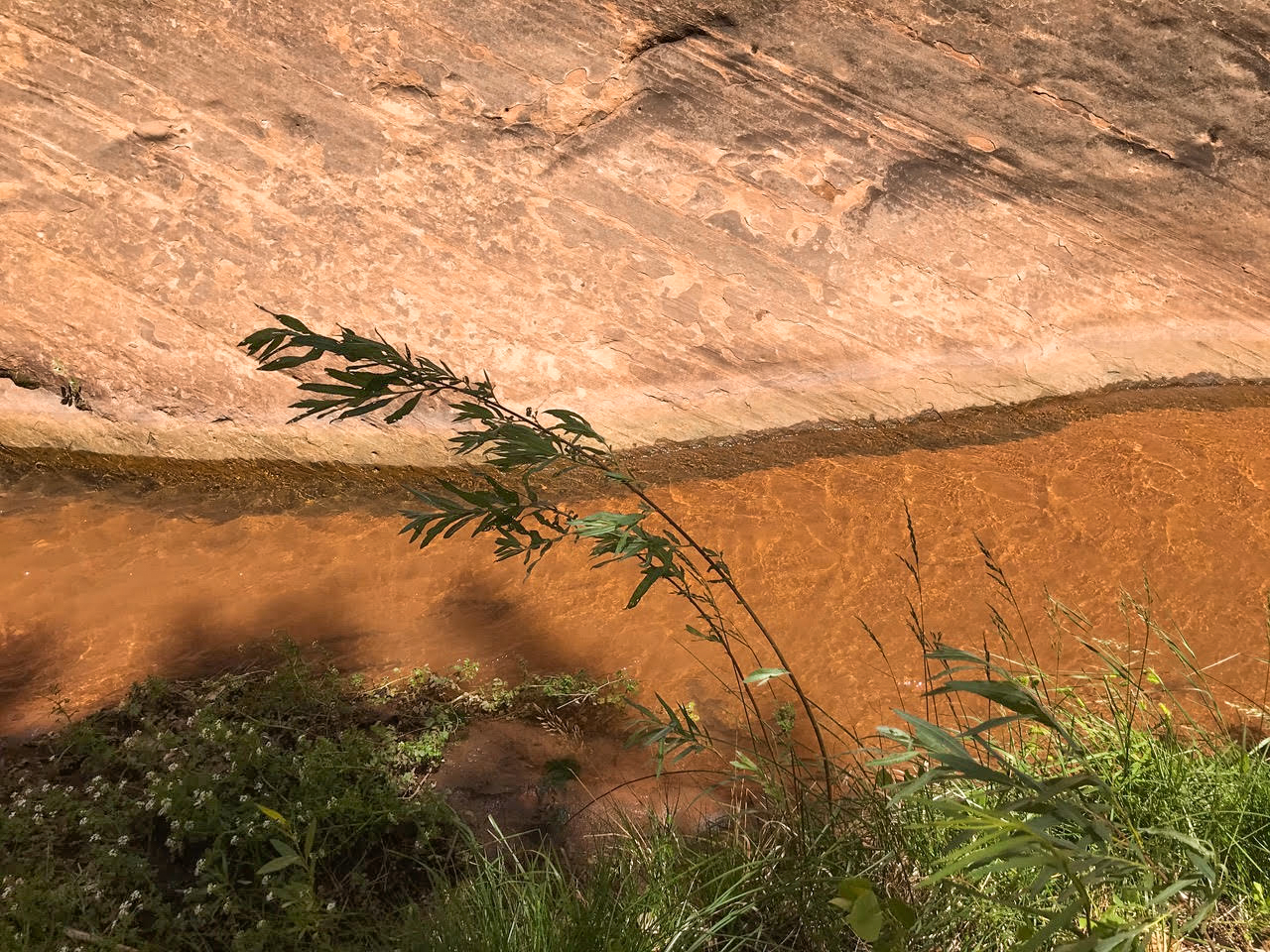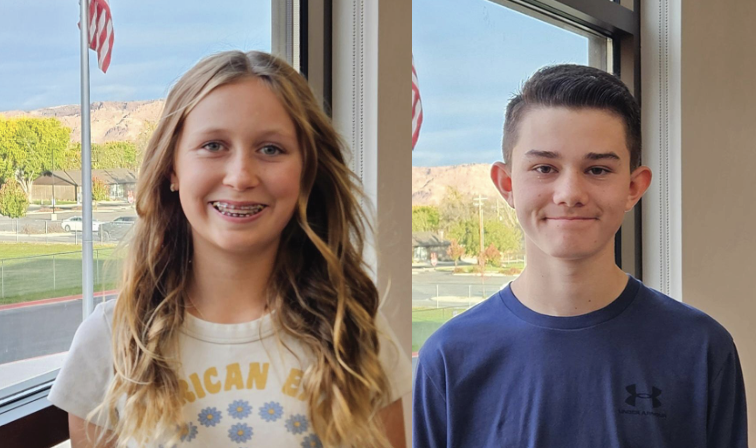Some information may be outdated.
Since most mosquitoes lay their eggs in standing water, droughts might seem to reduce mosquito populations, since less water means fewer chances for them to reproduce. But in Moab, that isn’t the case. Climate change has greatly reduced the size of wetlands, killing many of the pests’ natural predators. Now, when the floodwaters do come, mosquitoes reproduce relentlessly.
In this interview from last year, Science Moab spoke with Shannon Amsberry, manager of the Moab Mosquito Abatement District, about how his team keeps the mosquito population under control and his predictions for 2021.
Science Moab: Why do we get an overabundance of mosquitoes in Moab?
Amsberry: When the wetlands were perennially wet, the fish would eat mosquitoes. But now, the area completely dries out, so when it does flood, there are no predators to eat the larvae. It floods on average every fourth year. But whether the wetlands completely flood or we just get a bit of high water, there are always some mosquitoes.
Science Moab: What are some of the techniques your team uses to take care of the mosquitoes?
Amsberry: We focus on larviciding. It’s better for the environment and the easiest way to keep mosquito populations down. We use a product that affects the mosquitoes’ digestion, which is alkaline-based. It doesn’t affect anything with an acid-based digestive system, like people and fish.
Once the mosquitoes are flying, there’s not much you can do. You can’t trap enough mosquitoes to make a dent. If we have to fog [spraying airborne pesticide over a certain area], we choose very specific places, depending on time of day, the weather, and the wind. Luckily, we don’t have to fog very often.
We’re also concerned about an invasive mosquito species discovered here in 2019, the Aedes aegypti. It’s a whole new ballgame. It’s there to eat you, it likes people. And it wants to live in your backyard. A thimbleful of water is all the Aedes aegypti needs to reproduce. An old beer can lands in a ditch? Thousands of mosquitoes will come out of that.
Science Moab: Do these aegypti mosquitoes transmit diseases?
Amsberry: Yes. It transmits Zika virus yellow fever. It’s a very dangerous mosquito. If you’re out in your yard, and you see this rather pretty black and white mosquito flying around, probably trying to bite you on the feet — call me at the Moab Mosquito Abatement District.
There haven’t been any cases of Zika or yellow fever here, though there are cases of people who’ve gotten it and come to town. We also have very few [cases of West Nile virus].
Science Moab: So, walk me through a day in the life of an Abatement worker. What does it look like when you’re out there?
Amsberry: We have to wear our waders and we walk out to wet areas. Most of the mosquitoes don’t like deep water, but sometimes that water is hidden underneath dead grass and you’ve got to go find it. We basically map out where all the water is and we pay attention to where that water comes from.
Science Moab: 2019 was a really bad year for mosquitoes here in Moab. Can you explain the situation that year?
Amsberry: We were short handed, so we didn’t have anybody able to get out there and get the pesticide down and cover the acres. We had to give up on some areas because they became very rugged and hard to treat. I’d walk out my front door and I’d have about 30 mosquitoes land on me within a minute. It was really rough. Because you know, it’s been a long day at work. You come home, you want to relax outside and you can’t, because even if you’re wearing bug spray, they’re trying to fly up your nose.
Science Moab: Do you have a forecast for 2021?
Amsberry: It doesn’t look like [it’ll flood]. However, anything can happen. It’s the snow that comes down the river in April that’s going to make a difference. If snowpack starts building, we might have a good mosquito year — well, at least good for them.
Science Moab is a nonprofit dedicated to engaging community members and visitors with the science happening in Southeast Utah and the Colorado Plateau. To learn more and listen to the rest of Shannon Amsberry’s interview, visit www.sciencemoab.org/radio. This interview has been edited for clarity.
Appreciate the coverage? Help keep local news alive.
Chip in to support the Moab Sun News.





